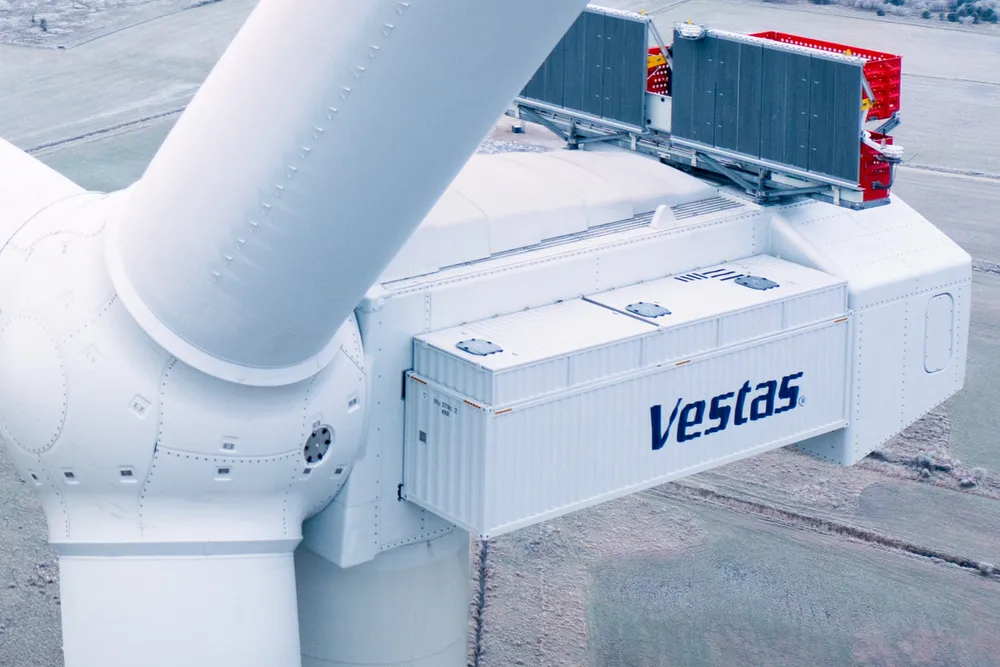Vestas factory halt shows 'new level of trust' needed
Analyst says European offshore wind industry needs compact with policymakers to build case for facilities like shelved Szczecin plant

Vestas confirmed this week that plans for a blade plant in Szczecin, Poland, have been shelved over “lower than projected demand for offshore wind in Europe”.
The plant to make blades for Vestas’ flagship V236 15MW model was originally due to be up and running in 2026 next to a nacelle facility on the same site.
Valpy said: “What’s needed to give sufficient confidence for such investments is a ‘deal’ between the European wind industry and the EU, where industry delivers cost reduction and sufficient supply and governments deliver fit-for-purpose market mechanisms and sufficient volume demand.
“Governments and the offshore wind industry need to get to a new level of trust in each other again.”
Valpy said the EU should look at the example of the UK's industrial deal with the sector early last decade which successfully helped deliver sharp growth and cost reductions.
That was echoed by WindEurope, the Brussels-based industry group which said the pause underlined “that investment decisions are driven by firm orders. Fewer firm orders mean fewer investments”, with those orders depending on a predictable policy-led pipeline.
WindEurope earlier this year asked European governments to get behind a ‘New Offshore Wind Deal’ with policies to underpin a steady 10GW of annual commissioning next decade.
In return it reckons the industry could deliver industrial investments and 30% reductions in the cost of offshore wind power.
The industry hopes moves by more European nations to adopt two-sided contracts for difference as the basis for offshore wind auctions will help drive the investment case.
Vestas itself said it expects its current manufacturing set up for V236 blades will be enough to satisfy existing and projected demand. The OEM makes the blades at Nakskov in Denmark and Taranto in Italy and said it could supplement output with third-party suppliers as it does with onshore blades.
In follow-up comments on the issue, Vestas was keen to draw a line between the decision over the Szczecin offshore blade plant and the nearby onshore blade facility acquired from GE Vernova, which it said was “entirely unrelated”.
(Copyright)